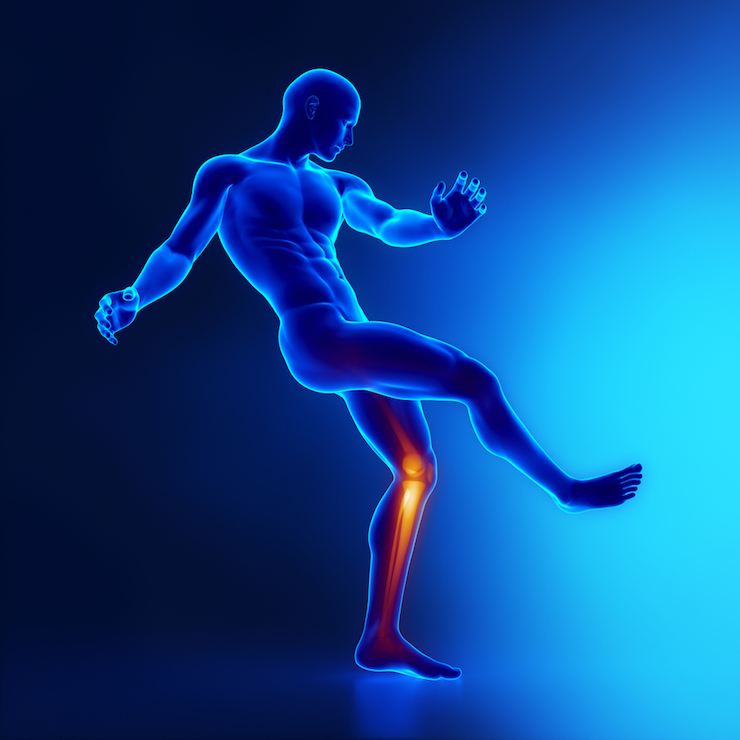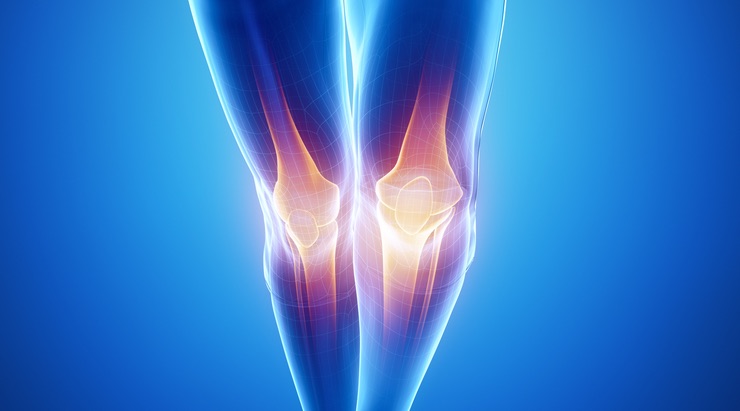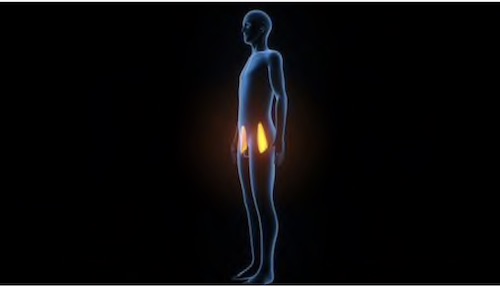What Most Soccer Coaches Don’t Know About Protecting The Knee
Introducing our new SoccerToday columnist, Dr. Ladd Carlston, a leading expert in muscles and soft tissue injuries.
Perhaps like no other sport, soccer exposes the knee to high-velocity movements, quick changes in direction, and pivots. Because of this, stability in the knee joint during these movements is critical.
There are a lot of youth soccer players running around on the field right now with hidden instability in their knees, waiting for the perfect storm to injure the knee.

Hopefully reading the next few paragraphs can prevent one of these players from this dreaded injury.
There is a little-known secret about knee stability that most coaches and trainers don’t think about. To understand this secret, we’re going to review some basic anatomy and biomechanics and then make some new connections.
On a very basic level, the knee is controlled by the quad and hamstring. Yes, there is the gastroc that helps flex the knee, and the sartorius, gracilis and the popliteus muscles that help stabilize against rotation and valgus force, but there is a reason why the quad and hamstring are the biggest movers of the knee joint.

Hip flexion is a combination of psoas, iliacus, and rectus muscles. Knee extension is a combination of rectus, vastus medialis/lateralis, sartorius, and IT band.
To protect from injury during running, kicking, and quick changes of direction, muscles work in symphony. There is a reason for every muscle, and for pain-free, stable movement, all muscles need to be working well.
For the knee joint in particular, the quad needs to be at 100%.
The body is incredibly connected, and when one muscle stops working right, others will come to its aid. For example, when a glute gets dysfunctional, the hamstring will work harder. But that is another story for another article.
So what if the psoas muscle becomes dysfunctional?
The Rectus Femoris has to work harder to make hip flexion happen than it normally does.
Now pay attention to this next part.
When the rectus is helping with hip flexion because the psoas isn’t firing right, it is not stabilizing the knee in combination with the hamstring. Boom. The smoking gun for a lot of knee injuries is a dysfunctional psoas.
But there is a big problem.
You don’t usually hear about psoas dysfunction as a factor in knee injuries. Conventional thinking in injury prevention is to strengthen the quad and hamstring. However, strengthening an already overtaxed rectus isn’t going to help things if the psoas is still dysfunctional.
To test the psoas, you are going to have the athlete lie flat on their back, turn the leg outward and lift it up. While stabilizing the opposite hip, press down and out on the elevated leg. If you haven’t tested this before, you might want to watch this video:
If you find a weakness, you can know with certainty that the body is compensating with the rectus.
Sometimes the solution is to strengthen the psoas specifically, but usually, this will actually do further damage because you’ll just be straining other protagonist muscles instead of really using the psoas.
This eventually leads to injury and it is critical to see a competent professional who is familiar with soft tissue release of the psoas muscle. Proper work on the psoas involves getting deep into the abdominal area where the muscle originates and should not be done without training.

Stretching can sometimes re-engage the psoas too, but it usually takes soft tissue work to get things right.
There you have it.
Test your athletes regularly to ensure that those knees are protected from injury!






